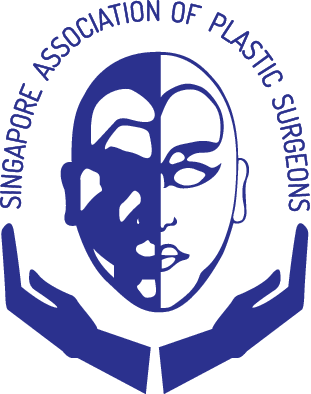EAR MALFORMATION
Author: Dr Chia Hui Ling
Up to one in three babies are born with misshapen ears. Apart from being a distracting feature, it can have a negative impact on one’s psychosocial and emotional well-being. It is research-proven that ear deformities can adversely affect a child’s self-esteem.
Also known as ear deformations, misshapen ears can be corrected non-surgically in a newborn. This treatment is known as ear molding or ear splinting. It is crucial that ear molding is started as early as possible for maximal effectiveness and minimal complications, preferably within the first week of life. Nonetheless, ear molding is still effective within the first three months after birth. Once this golden window has passed, surgical correction is recommended after 5 years of age.
A splint or mold is worn on the baby’s ear/s for usually a few weeks. The duration of treatment is longer if molding is initiated later.
EAR MOLDING PROCEDURE

A narrow rim of hair around the baby’s ear is shaved. A splint, such as the Earwell device (shown below), is customised and applied onto the affected ear. The device is worn for a few weeks. A longer duration of treatment is needed if molding is initiated late.
RISKS
The infant may develop skin rash and abrasions. This is more common in our local warm and humid climate. In less than 10% of ears, the deformity may not correct fully or may recur. This is more common when baby is born with more complex ear deformity where there is shortage of ear skin and cartilage (also known as ear malformations).
It is advised to keep your baby cool and dry in air-conditioned rooms to avoid device loosening and skin complications.
